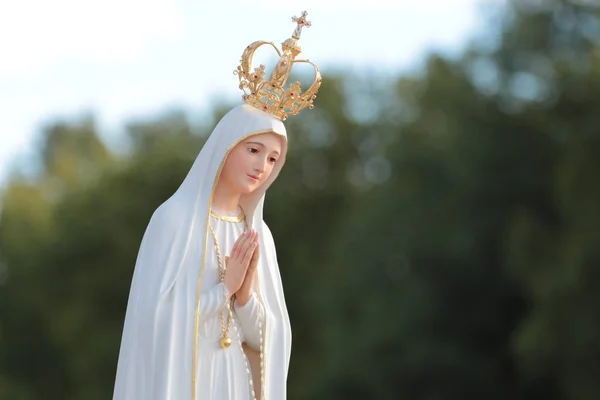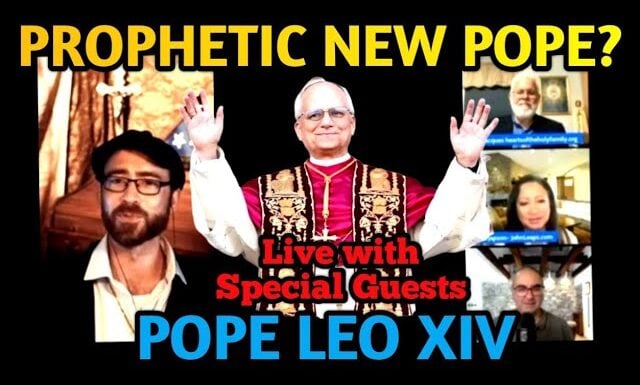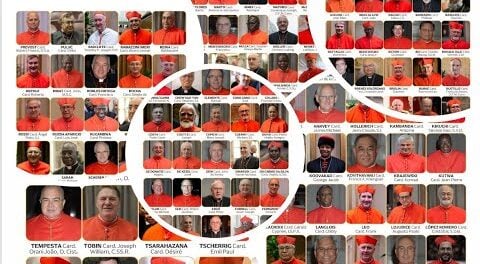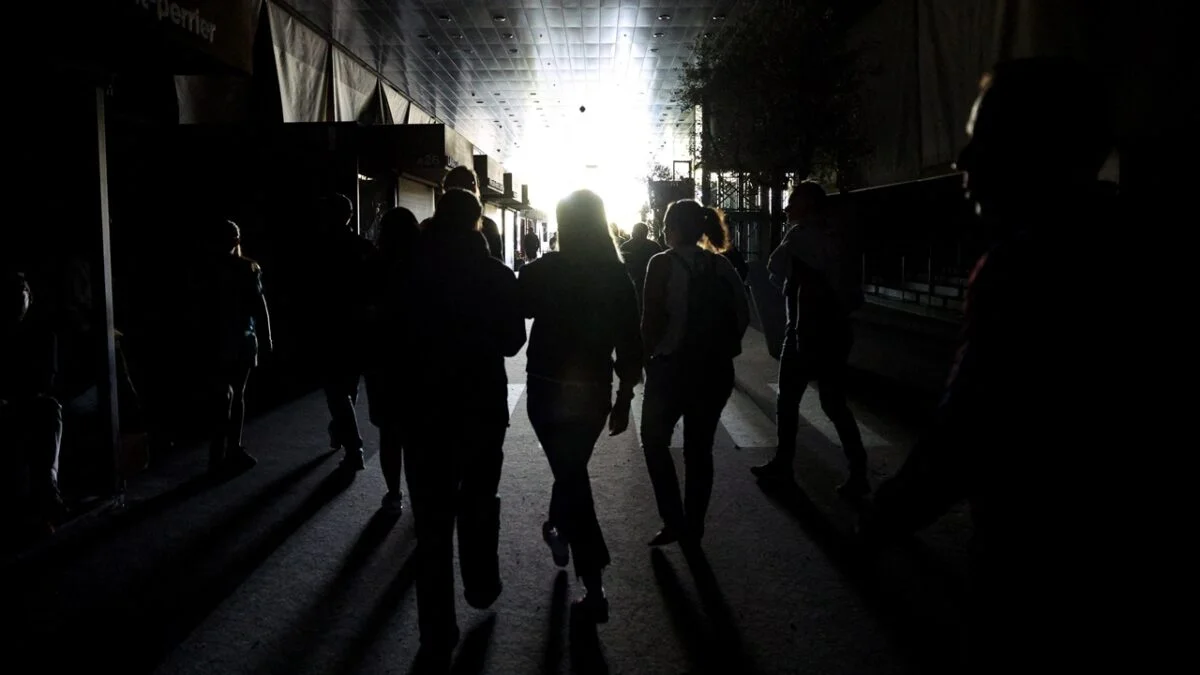By K.V. Turley (NC Register)
Who has not dreamt of time travel?
My version of this came one day in an out of the way bookstore some years back.
Browsing the shelves of used books is always interesting. Often, the more shabby the emporium, the rarer the gems to be found there. Such was the case that day. I spied a book on the French Revolution – a set text at school, and taking it from the shelf, looked at the cover. It was the first time I’d set eyes upon the volume in decades. A host of memories flooded back. On opening it, I noticed a name written on the inside leaf: mine.
To look at the writing of one’s younger self provokes a curious cavalcade of emotions. I ran my finger over the signature.
Needless to say, I bought the book and took it home and placed it on a shelf. Unsurprisingly, I have never read it, or even glanced at the text since. I have opened it, though, just to look at the signature once more. And, every time I do, I am transported back in time to a day and year when all seemed possible. It’s time travel of a sort – emotionally at least.
In 1895, two events related to time travel occurred — one in the realm of literary fiction, the other in the field of scientific theory. In London, the scientist-turned-novelist H.G. Wells was putting the finishing touches to what, in speculative fiction, was to become a seminal novel: The Time Machine.
At the same time, in Switzerland, oblivious of Wells’ soon-to-be-published work, there was a daydreaming student who was struggling to complete his education. Later, while working as a clerk, he continued to daydream. His were no ordinary daydreams, however. They were what the young man termed ‘thought experiments’ and one of the subjects upon which he sat thinking was the nature of space and its relationship to time. Ten years later, to the consternation of the scientific establishment, his ‘thought experiments’ crystallized into a strange new theory that seemed to turn accepted Newtonian physics on its head. The clerk’s name was Albert Einstein; and his theory, published in 1905, was on special relativity. It appeared to make viable – theoretically at least – the concept of time travel. Soon, his ideas came to the notice of others, with the first practical experiments in relativity taking place as early as 1919. So too began, for some at least, the challenge to build the world’s first time machine.
Of course, no such machine has yet appeared. What is deemed theoretically possible has, to date, proved elusive outside the world of fiction and the studios of Hollywood. In any event, in the 1960 film adaptation of Wells’ The Time Machine, we see all too clearly that the initial thrill of time travel is soon replaced by a morbid sense of where mankind’s future may lie. More 1960s than 1890s, the future as depicted in that film consisted of a post-apocalyptic netherworld inhabited by a divided and joyless bunch of humans and sub-humans. To be fair, when the film was made the world did appear to be only minutes away from atomic annihilation. Perhaps the thinking then was that knowing what the future held was not such a good idea after all.
Wells was famously an atheist. It may have come as a surprise to him, therefore, to learn that Catholics take to the concept of time travel not only easily but readily. Wells’ hero time traveled endlessly, backward and forward, in a materialistic universe. We, however, have another set of ‘gears’; and they can take us upwards, inwards, as well as beyond. A form of this time travel, and one central to our faith, the ‘source and summit’ of all we hold dear, is the Holy Mass.
By way of explanation, let me point to some interesting passages in the best place to begin any exploration of doctrinal matters: The Catechism of the Catholic Church (CCC).
The CCC states that the Holy Mass is part of a future event:
1326… by the Eucharistic celebration we already unite ourselves with the heavenly liturgy and anticipate eternal life, when God will be all in all.
The CCC goes on to say that it also brings forth a past event:
1330 The Holy Sacrifice… makes present the one sacrifice of Christ the Savior.
1362 The Eucharist is the memorial of Christ’s Passover, the making present and the sacramental offering of his unique sacrifice, in the liturgy of the Church which is his Body.
Returning to the beginnings of salvation history, the CCC then recalls the scriptural understanding of remembering the Passover:
1363 In the sense of Sacred Scripture the memorial is not merely the recollection of past events but the proclamation of the mighty works wrought by God for men. In the liturgical celebration of these events, they become in a certain way present and real. This is how Israel understands its liberation from Egypt: every time Passover is celebrated, the Exodus events are made present to the memory of believers so that they may conform their lives to them.
The CCC adds that this recalling of the Passover assumes its full meaning in relation to Christ’s sacrifice on Calvary:
1364 In the New Testament, the memorial takes on new meaning. When the Church celebrates the Eucharist, she commemorates Christ’s Passover, and it is made present the sacrifice Christ offered once for all on the cross remains ever present.






Leave a Reply